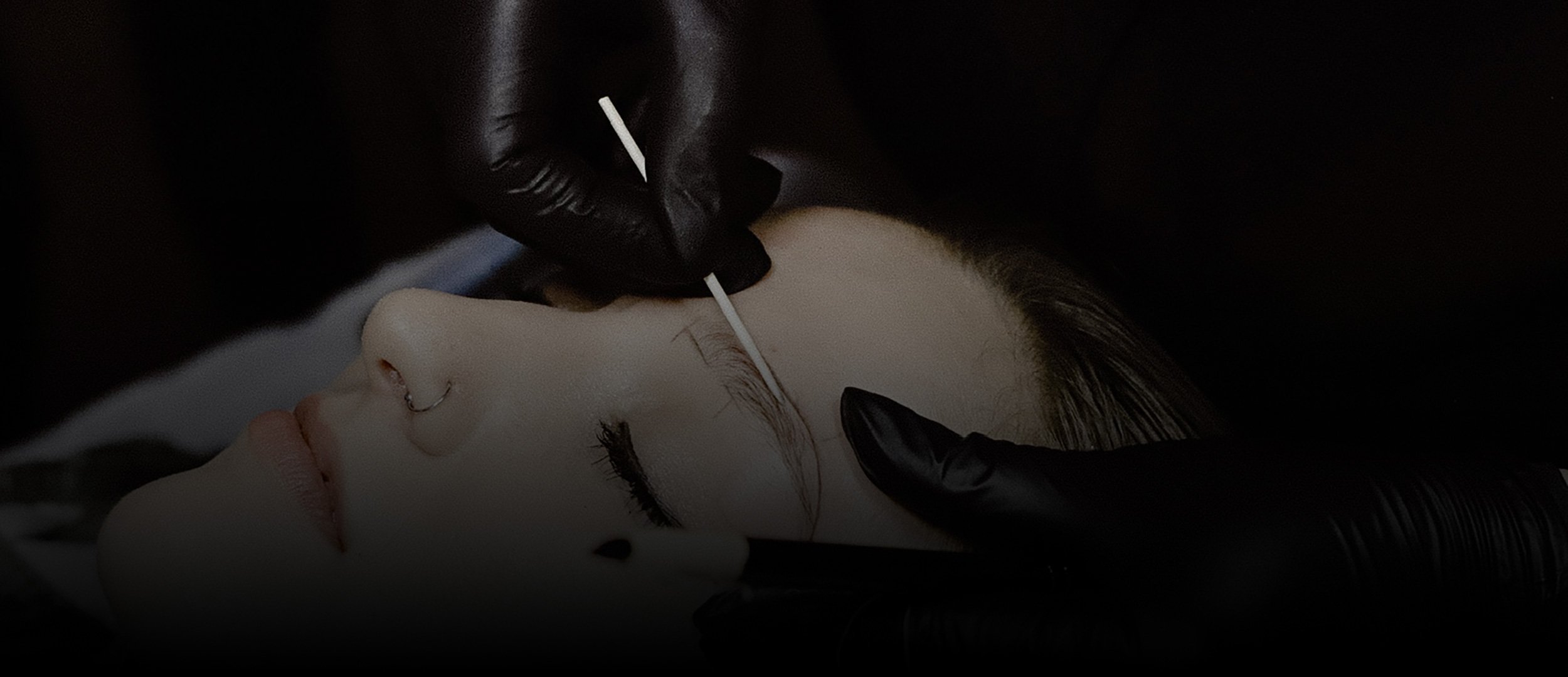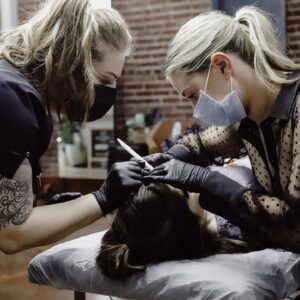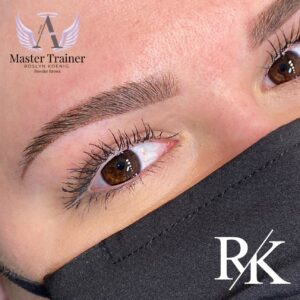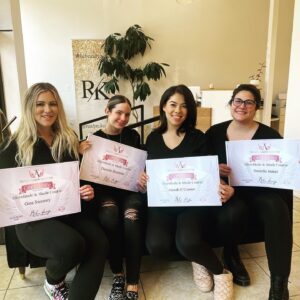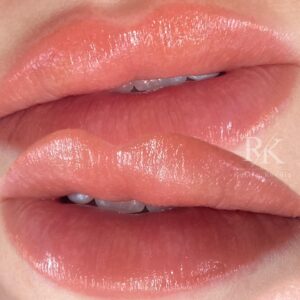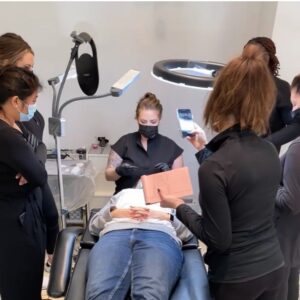When Microblading Goes Wrong: Recovery Tips
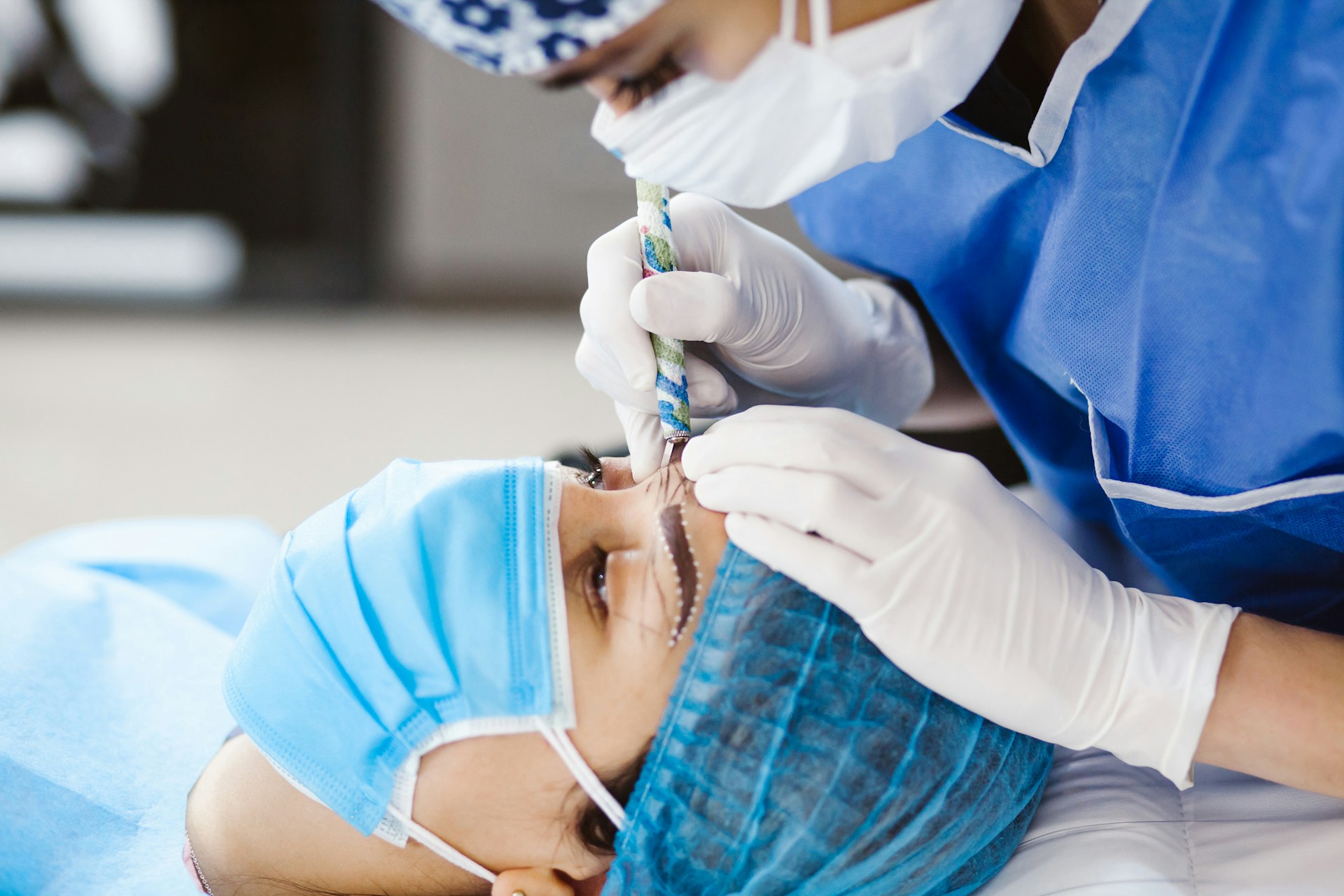
Microblading has become one of the most requested cosmetic procedures for people wanting fuller, more defined eyebrows without the daily hassle of makeup. Kansas City has plenty of talented artists helping residents achieve brows that frame their face just right. But even with all the popularity and precision that usually comes with it, microblading doesn’t always go as planned. When something feels off after a session, it’s easy to panic, but knowing how to respond makes a huge difference.
Things can go sideways for a variety of reasons, and it’s frustrating when your expectations don’t match the results. Whether it’s poor healing, a reaction to the pigment, or a misunderstanding with your artist, problems can arise. The good news is that a bad experience doesn’t have to become a permanent one. With the right knowledge and next steps, you can still work toward the eyebrow look you originally hoped for.
Common Microblading Mistakes
When something doesn’t look or feel right after microblading, it’s usually tied to one or more of a few common issues. Recognizing these early on can help you figure out whether it’s a short-term healing concern or something that might need more attention.
1. Miscommunication With The Artist
Everyone has a different vision of what natural or bold brows look like. If you and your artist weren’t completely on the same page, the result might not reflect what you pictured. This could mean brows that are too thick, too dark, or shaped unevenly for your face.
2. Allergic Reactions Or Infections
Some people may react to the pigments or tools used during the procedure, leading to swelling, redness, or itchiness. If left untreated, it could turn into something more serious. Hygiene standards matter here, and it’s important to recognize the difference between normal healing and potential infections.
3. Uneven Or Unnatural Results
Brows that don’t match in symmetry, length, or depth of color can leave you disappointed. This might happen if the skin doesn’t hold pigment well or if the artist wasn’t consistent with their strokes. Lighting, placement, and aftercare all play a part in how things turn out.
The good thing is, most of these problems have solutions. Some are easier than others. But before jumping into fixes, focus on understanding what’s going wrong and how your skin may be responding to the treatment.
Immediate Steps To Take When Things Go Wrong
If your microblading results aren’t what you expected, the most important thing is not to make any rash decisions. Take a moment, assess what’s happening, and start taking action in a way that protects your skin and gives you the best shot for recovery.
Here are a few things you should do first:
– Reach Out To Your Artist: Don’t ignore the situation or assume it’s a lost cause. Send them photos and explain what’s going on. An experienced professional will likely have seen similar cases and can offer helpful insight on what’s within the normal healing range and what might need more attention.
– Let Your Skin Breathe: Avoid heavy makeup or fragrances around the brow area. Stick to gentle, clean skin routines and resist any urge to scrub or pick at scabs.
– Ease Redness Or Swelling: If your brows are itchy or swollen, cool compresses might help. Just make sure the cloth is clean and you’re not pressing too hard on the area. Always stick to the aftercare advice your artist originally gave you.
– Avoid Quick Fixes: Trying random methods or products you find online can do more harm than good. Your skin is still healing. Rushing the process or using unsuitable products can lead to scarring or pigment loss.
Remember, microblading is meant to be a process. Results usually change during healing, and it’s common for brows to go through different phases before settling. If your brows still feel or look off after a few weeks, that’s the time to look into more focused recovery steps.
Effective Recovery Tips
Getting your brows back on track after a microblading challenge means being consistent with your aftercare and knowing what’s helpful for your skin. In Kansas City, climate and daily activity can play a role in how quickly your brow area heals, so it pays to be cautious.
– Importance of Aftercare: This step can’t be skipped. The healing process depends heavily on how closely you follow your artist’s instructions. Avoid overthinking or changing the routine unless your artist suggests something different. A solid aftercare routine supports quick healing and avoids pigment loss or infection.
– Using Recommended Products: Trust your artist’s advice about what to apply to the area. Whether it’s a light ointment or a protective gel, use what’s safe for healing skin. Stay away from anything with alcohol, fragrances, or abrasive ingredients.
– Keeping It Clean: Clean skin helps prevent complications. Gently wash with a mild cleanser and pat dry using a clean, soft towel. Keep your face out of pools, hot showers, and intentional soaking. Too much water can affect pigment retention and increase irritation.
Preventing Future Issues
Thinking about your next steps doesn’t just mean correcting problems. It’s just as helpful to focus on ways to prevent trouble from popping up again.
– Choosing the Right Artist: Look at an artist’s portfolio to make sure their style matches what you’re after. Reviews and referrals are also helpful. Take the time to meet with them, ask questions, and make sure you’re both on the same page before booking the appointment.
– Patch Testing: A simple step that goes a long way. This helps rule out allergic reactions to pigment and is something every artist should offer willingly. It’s a small thing that can prevent a bigger issue later.
– Following Aftercare Instructions: Post-session instructions are there for a reason. They protect your results and your skin. Ask questions if anything seems unclear and never guess. Following the plan your artist gives you is key to getting brows you’ll be happy with.
Getting Back on Track
Once you’ve handled the initial issues, it might be time to think about where to go from here. Even after things have come together, there’s still room for your microblading results to improve.
Touch-ups are common and often built into the service. If pigment has faded unevenly or you need shape adjustments, a single follow-up session might be all it takes. Small refinements can do a lot to bring your brow vision to life.
Healing doesn’t happen all at once. Brows go through cycles as your skin recovers, and the final look may not show until weeks after the first session. Being patient during this time helps reduce worry and prevents unnecessary treatments or emotional stress.
If things still don’t feel right after trying recovery measures and initial touch-ups, it might be worthwhile to consult someone new. A second opinion could give you a better plan for correction or suggest a totally different option for going forward.
What Comes Next for Your Brows
Recovering from less-than-perfect microblading results might feel overwhelming, but it’s far from the end of the road. Every step forward—whether it’s healing, adjusting, or starting fresh with a new professional—gets you closer to the brows you want.
What matters most is staying calm, informed, and open to expert advice. Kansas City has a number of artists with experience helping clients fix or refine their results. With proper care, you can move past a disappointing experience and still get the full, natural-looking brows you hoped for.
RK Studios is proud to support your journey and help restore your confidence through expert care and a thoughtful recovery process. Whether you need advice, correction, or just reassurance that things will work out, we’re here to guide you.
Ready to regain confidence in your brows? Discover the best tips for smooth healing and lasting results by learning more about microblading aftercare in Kansas City. Let RK Studios guide you with expert support and personalized care every step of the way.

